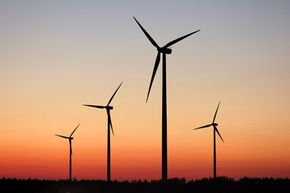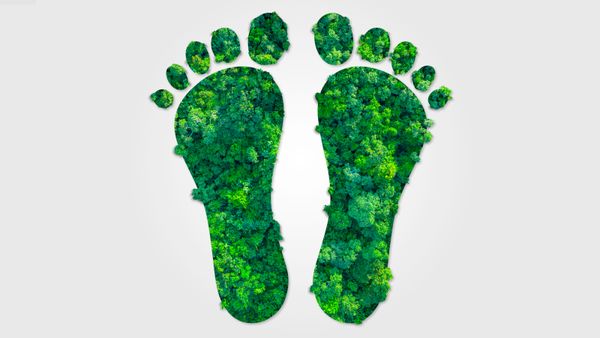With bands like Coldplay and Pink Floyd releasing carbon-neutral albums, airlines like Silverjet claiming using carbon offsets to achieve carbon neutrality and a growing troop of celebrities flaunting their low carbon footprint, a person might wonder how they all do it. How do bands, businesses and people cancel out what seems like an unavoidable emission?
Carbon neutrality begins with emission reduction. It's a concentrated effort to produce less waste and greenhouse gas emissions (GHG), and use more renewable energy. After reduction has reached its limit, or its comfortable threshold, carbon offsets can make up for the rest.
Advertisement
Carbon offsetting is a form of trade. When you purchase carbon offsets, you fund carbon projects that reduce greenhouse gas emissions. The projects might restore forests, update power plants and factories or increase the energy efficiency of buildings and transportation.
Carbon offsets let you pay to reduce the global GHG total instead of making radical or impossible reductions of your own. GHG emissions mix quickly with the air and, unlike other pollutants, spread around the entire planet. Because of this, it doesn't really matter where carbon reductions take place if fewer emissions enter the atmosphere.
Carbon offset credits are voluntary. People and businesses buy a carbon offset credit to reduce their carbon footprints or build up their green image. Carbon offsets can counteract specific activities like air travel and driving or events like weddings and conferences.
Some environmentalists doubt the validity and effectiveness of carbon offsets. Because the commercial carbon trade is an emerging market, it's difficult to judge the quality of offset providers and projects. Trees don't always live a full life, sequestration projects (for the long-term containment of emissions) sometimes fail and offset companies occasionally deceive their customers. And voluntary offsets can easily become an excuse to overindulge and not feel guilty about it.
Carbon offsets do, however, raise awareness about lowering the GHG world total. In this article we'll learn how carbon offsets reduce global emissions.
Advertisement





